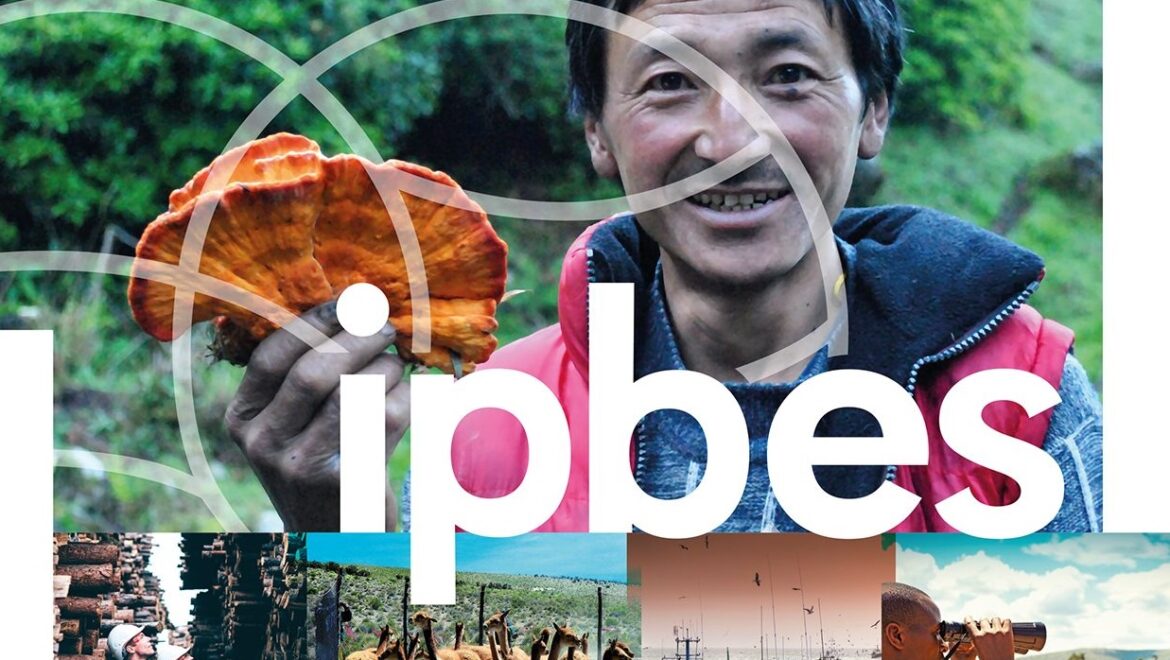“There are about 50,000 wild species used through different practices, including more than 10,000 wild species harvested directly for human food.” This is what is stated in the recent report by the Intergovernmental Science-Policy Platform on Biodiversity and Ecosystem Services (IPBES) on the contributions offered daily by the use of wild species for food, energy, materials, medicine, entertainment and inspiration.
“The acceleration of the global biodiversity crisis, with one million species of plants and animals in danger of extinction”, “the report states” threatens all these benefits“.
The report provides insights, analyzes and tools to establish more sustainable use of wild species of plants, animals, fungi and algae around the world.
The report is the result of four years of work by 85 leading natural and social science experts and holders of indigenous and local knowledge, as well as 200 contributing authors from over 6,200 sources.
The Report identifies five broad categories of ‘practices’ in the use of wild species: fishing; gathering; logging; terrestrial animal harvesting (including hunting); and non-extractive practices, such as observing. For each practice, it then examines specific ‘uses’ such as for food and feed; materials; medicine, energy; recreation; ceremony; learning and decoration – providing a detailed analysis of the trends in each, over the past 20 years. In most cases, use of wild species has increased, but sustainability of use has varied, such as in gathering for medicine and logging for materials and energy.
Download the synthesis of the report




